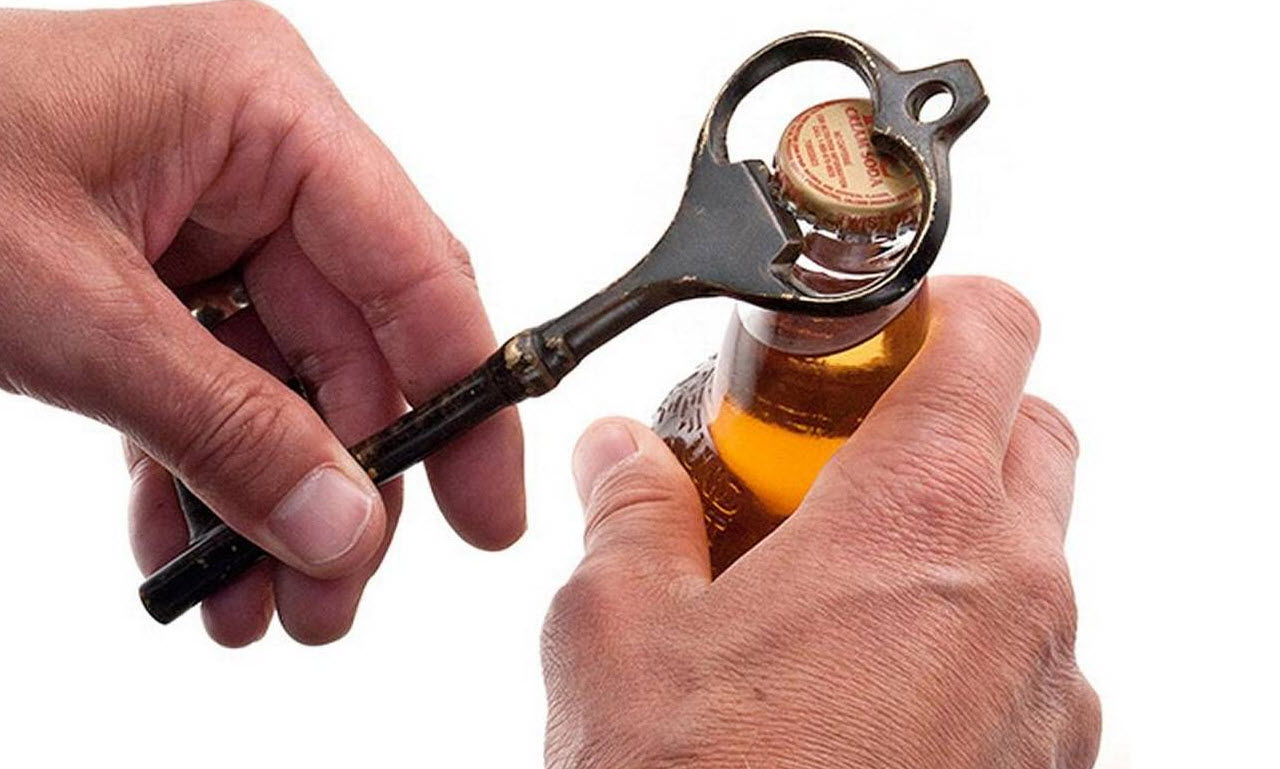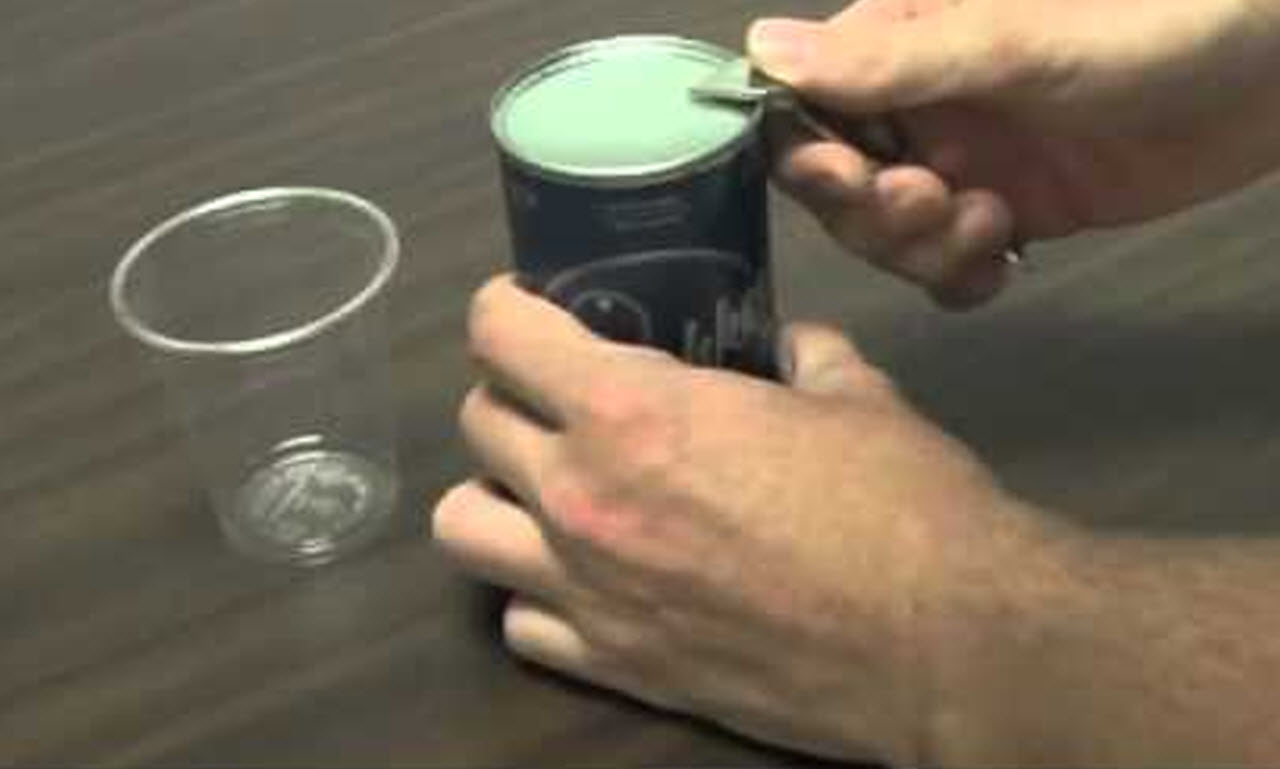There may be many things we used when we were younger but they have disappeared over the passage of time. Some may still exist in some form, but the original form has long since disappeared.
One of the items that many children have never seen or used in today’s world is a church key. I’m not talking about a key that opens the door to a building of worship, I’m talking about an antique tool that was used regularly in most households.

The church key may have taken on many different forms but its intended use was to open something that was closed. In some cases, it may have been a tool that was shaped like a key and was used as a bottle opener.
In other cases, however, it was an unusual item that had a pointed end on one side and a rounded end on the other. This unique tool was used to open cans.
At one time, many types of juice were sold in cans that were sealed. You would puncture a hole in the lid of the can in order to drain the liquid from it. This is where the church key came in.
The church key was used on one side of the can as it had a little lip that would hold it tight against the side. The pointed edge would go over and puncture a large hole in the lid.

If you were to try to pour the juice out at this point, you would run into problems. That is why the same church key would be used to puncture a smaller hole on the other side to allow oxygen to go in so the fluid would pour out smoothly.
Nobody really knows where the term came from, although it is thought that it is due to the fact that it opened alcoholic beverage bottles, which were treasured during prohibition.
Even before that, aging beer in the monasteries would be locked away, and the church key would be the only way you could access the room.
Although we don’t know why the tool is called a church key, we do know that it serves a very specific purpose. It’s a tool that we don’t use much anymore, but it’s one you should keep around because it is a handy thing to have.